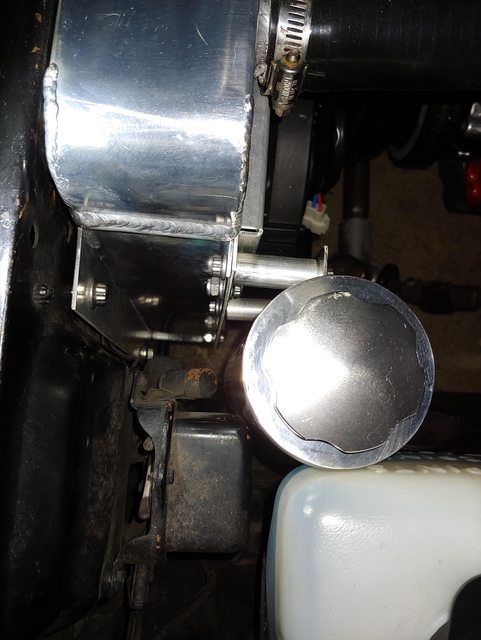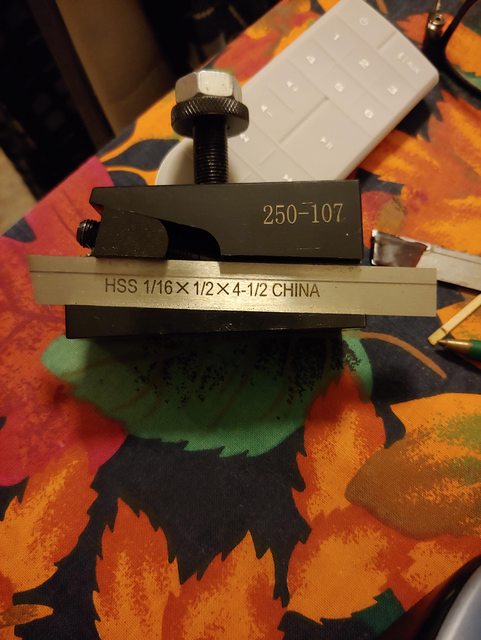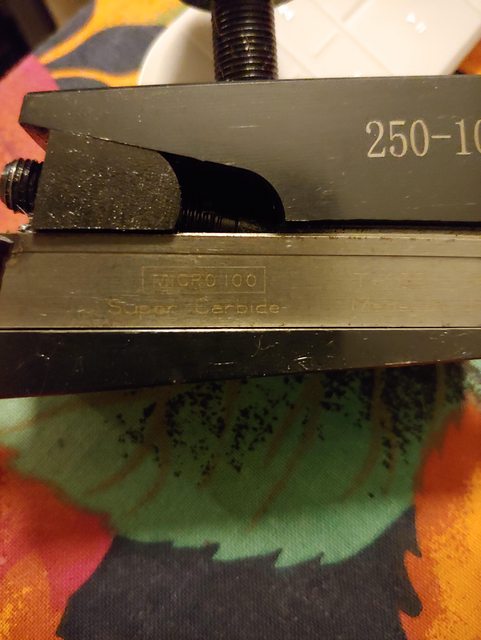- Joined
- Oct 4, 2016
- Messages
- 7,012
But made a couple of stupid simple spacers. Great learning for sure though. Faced, drilled, threaded both ends. Learning parting, my squaring may be off, a couple things to try, not totally flat parting. I still need to learn chamfering, I needed to make a clearance cut to clear the radius of the bracket. I also made a threaded punch 1/4 20 pointed gizmo to mark the radiator support for drilling. Learning here is great for the beginner/ total novice.








